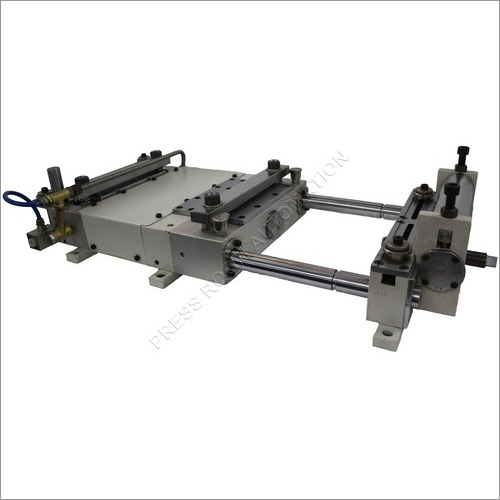
Heavy Series Pneumatic Feeder
81000 INR
Product Details:
- Media Compressed Air
- Color Silver
- Power Pneumatic
- Product Type Heavy Series Pneumatic Feeder
- Usage Industrial
- Structure Rectangle
- Material Stainless Steel
- Click to view more
X
Heavy Series Pneumatic Feeder Price And Quantity
- 1 Unit
- 81000 INR
Heavy Series Pneumatic Feeder Product Specifications
- 190 Nm
- Rectangle
- 300 NL/min
- Industrial
- Compressed Air
- Pneumatic
- Silver
- 35 cycles/min
- Heavy Series Pneumatic Feeder
- Stainless Steel
Heavy Series Pneumatic Feeder Trade Information
- Cash Advance (CA)
- 10 Unit Per Month
- 14 Days
- All India
Product Description
| Max Stroke | 220 Per Minute |
| Max Stroke Thickness | 1 mm |
| Pressure of Fix Clamps | 44 Kg |
| Pressure of Moving Clamps | 92 Kg |
| Total Consumption | 0.18 CC/Stroke |
| Traction Force | 19 Kg |
| Weight | 4.750 Kg |
| Brand | Jay Shanti |
| Max Stroke Length | 50 mm |
| Max Width | 50 mm |
| Required Air Pressure (bar) | 5-8 Bar |
Light Series Pneumatic Feeder is majorly used to feed the lower width from 10-100 mm & thickness from 0.5-0.8 mm material. It is most suitable for smaller components like surgical blades, shaving blades mfg. industries etc.
Engineered Precision for Demanding Environments
Achieve outstanding feeding accuracy and efficiency with our Heavy Series Pneumatic Feeder. Its robust stainless steel construction and polished surface ensure durability and resistance to industrial wear, making it a reliable choice for high-volume operations. With a feed length capacity of up to 500 mm and precise repeatability at 0.05 mm, this feeder is engineered to streamline production lines while keeping maintenance minimal.
Versatile Control and Low Noise Functionality
This pneumatic feeder offers both manual and automatic control modes to meet diverse operational needs. Operating at less than 75 dB, it minimizes workplace noise, supporting a comfortable and compliant production environment. The fixed mounting type provides sturdy installation, and its compact structure fits seamlessly into existing industrial setups without requiring extensive adjustments.
FAQs of Heavy Series Pneumatic Feeder:
Q: How does the Heavy Series Pneumatic Feeder achieve precise feeding?
A: The feeder utilizes a pneumatic mechanism, operating at a controlled pressure of 46 Bar, to deliver consistent feed lengths up to 500 mm with an accuracy of 0.05 mm. This design ensures repeatable performance in demanding industrial applications.Q: What are the main benefits of using this pneumatic feeder in an industrial setting?
A: Key benefits include high feed accuracy, robust polished stainless steel construction for longevity, low noise operation (below 75 dB), and the ability to switch between manual and automatic controls. These features reduce downtime and boost productivity.Q: When should operators choose manual versus automatic control mode?
A: Manual mode is ideal for setups requiring frequent adjustments or sample runs, whereas automatic control is suited for continuous, high-speed production lines where consistent feeding is required without direct operator intervention.Q: Where can this pneumatic feeder be installed in a production line?
A: Thanks to its fixed mounting type and compact, rectangular form, the feeder is designed for seamless integration into most industrial material handling or processing lines. Its compatibility with existing compressed air systems (46 Bar) ensures easy adoption.Q: What is the typical process for setting up and operating this feeder?
A: Installation involves securing the unit to a fixed position and connecting it to a compressed air supply. After configuring the feed parameters and selecting the preferred control mode (manual or automatic), the system is ready for operation.Q: How can the Heavy Series Pneumatic Feeder enhance production efficiency?
A: With a speed of 35 cycles per minute, minimal air consumption (300 NL/min), and high torque output at 190 Nm, the feeder accelerates material handling and lowers operational costs, making it a value-added solution for modern industrial facilities.Tell us about your requirement

Price:
Quantity
Select Unit
- 50
- 100
- 200
- 250
- 500
- 1000+
Additional detail
Mobile number
Email



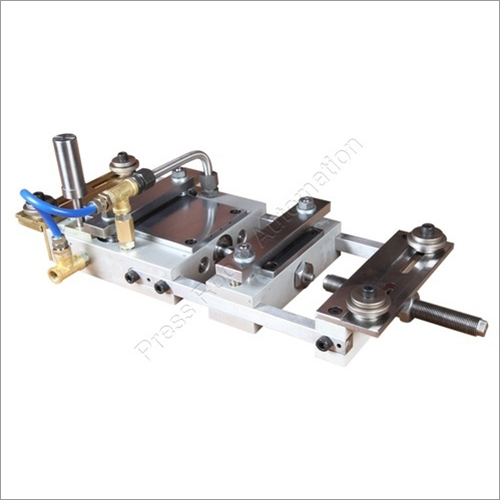
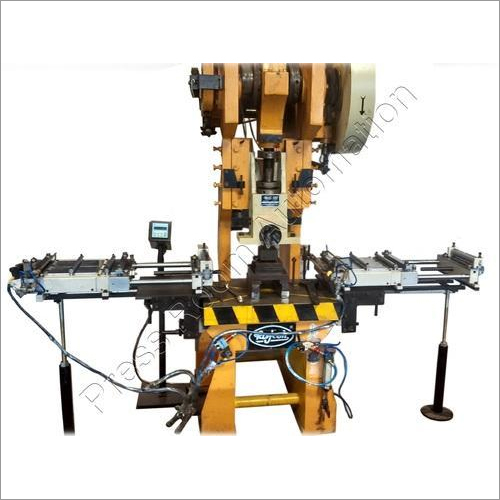
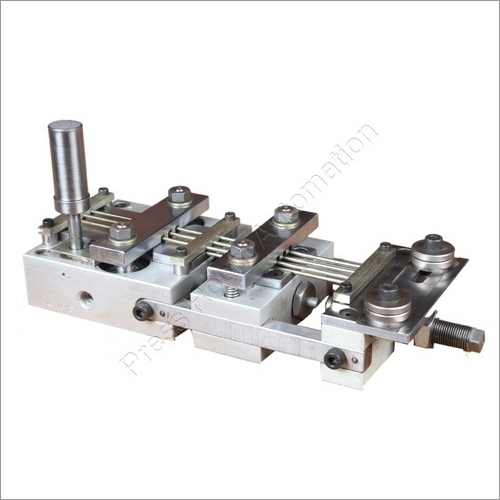
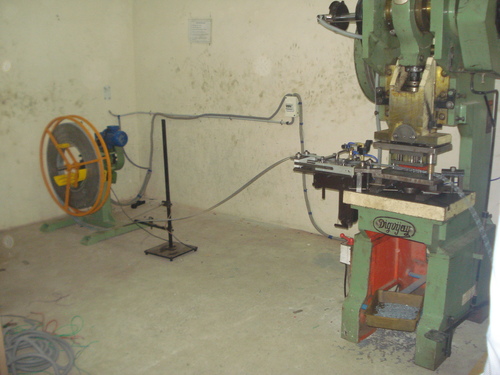
 Call Me Free
Call Me Free
